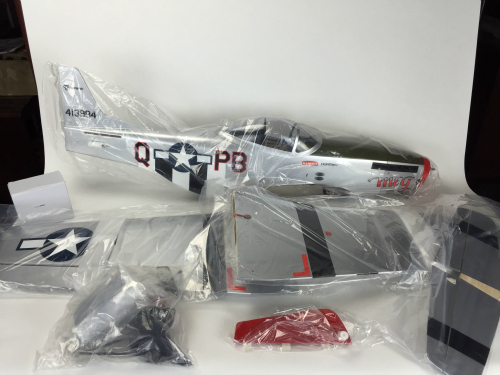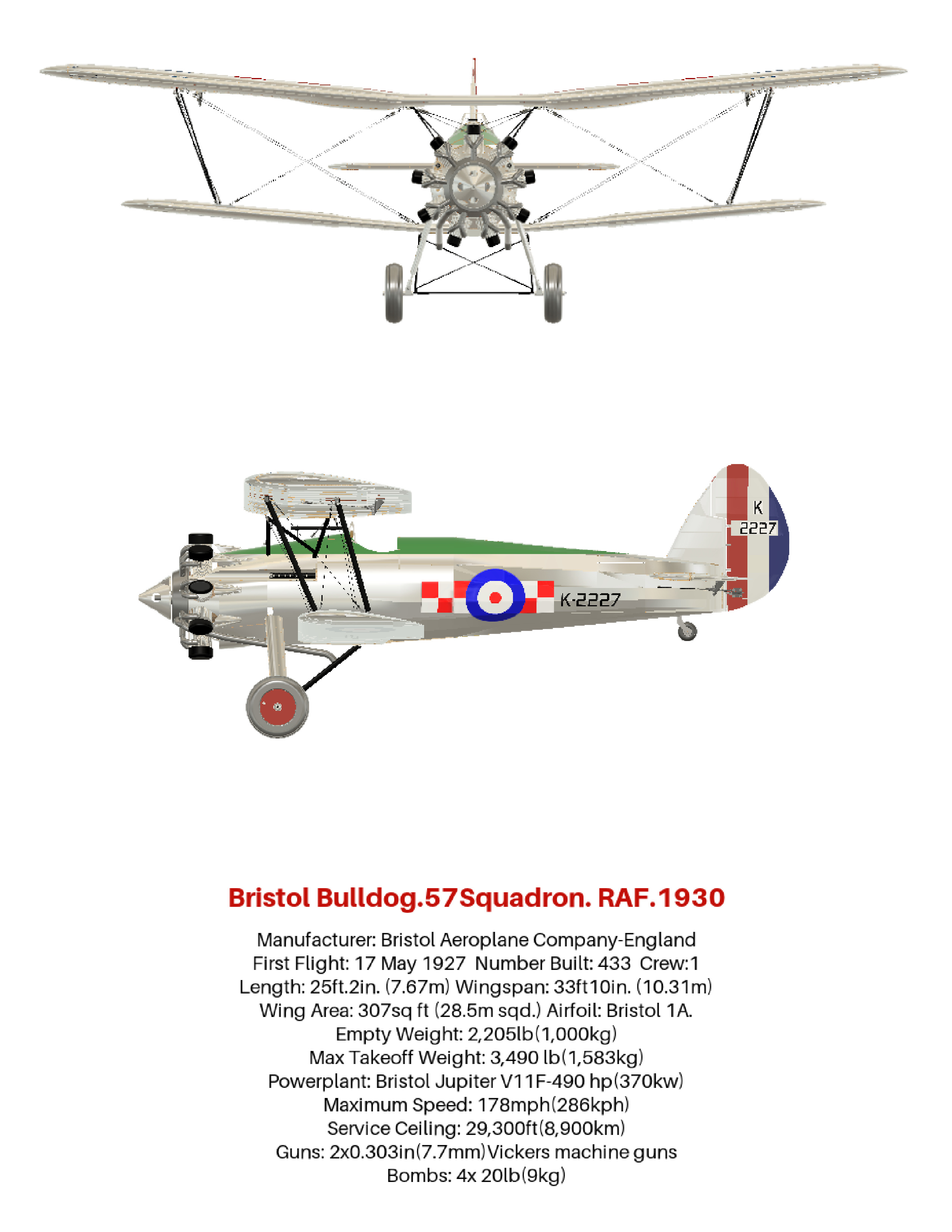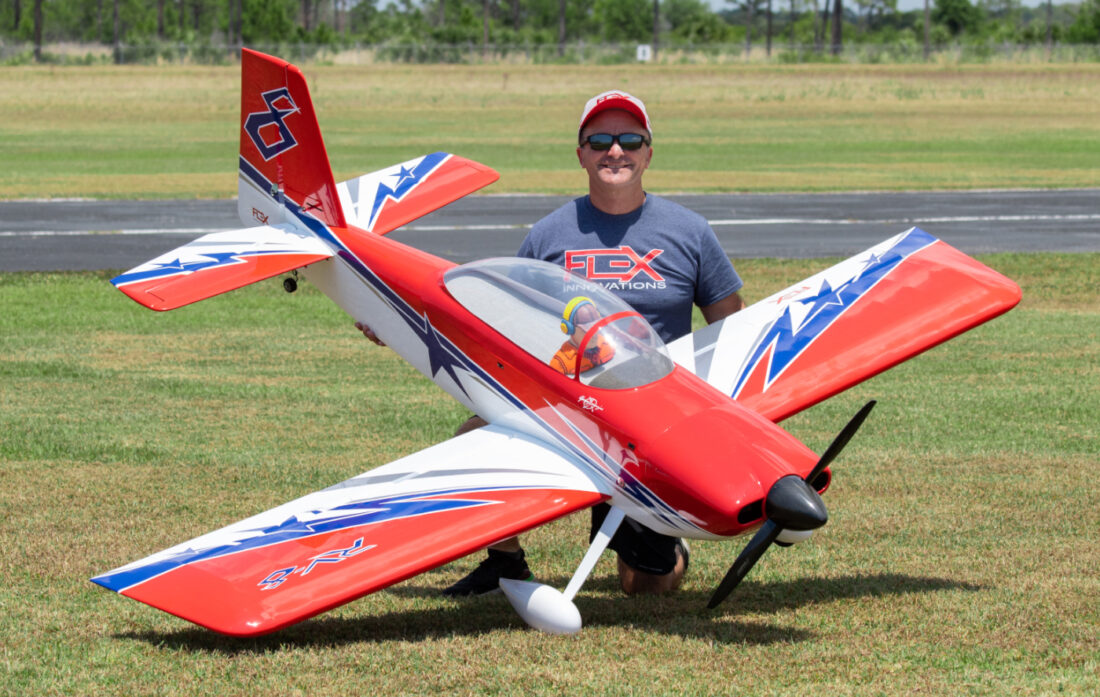With This Beginner RC Mustang You Can Learn to Fly RC!
A beginner RC Mustang can be used to teach you how to fly RC planes. The combination of advanced electronics and a stable, forgiving air frame ensures success.
Basic Description: The Hangar 9 P-51 Mustang S 8cc BNF Gas Trainer
- CNC engineered laser-cut balsa and plywood construction
- SAFE technology makes flying easier
- Panic Recovery mode switch retuns model to level flight automatically
- Evolution 8 cc gas/petrol engine gives reliable, cheap operation
- Ultra cote covering gives durable finish
- One piece wing for easy assembly at the field
- Ready to bind to a 6-channel DSM2/DSMX transmitter
- Lipo battery (included) powers receiver, servos and ignition (charger included)
- Wide track landing gear simplifies ground handling
This beginner RC Mustang is certainly a good looking beginner RC airplane! If you are looking for an engine powered trainer and you belong to a club, then this one could be for you.
My advice is NOT to try and fly this without an experienced instructor by your side and preferably hooked to your transmitter with a "buddy cord"
What's Included in this Beginner RC Mustang Kit

Everything you need is included apart from a 6-channel transmitter.( It is a BNF model-Bind and Fly)
The photo above shows how the kit arrives and as you can see, some assembly is required.
Extra Items Required
You will need a 6-channel transmitter that is DSM2/DSMX compatible.
The Spektrum DX6 is ideal- click on the photo to visit Amazon and get more details

Also required is 15 minute epoxy, rubbing alcohol ( From the drug store), for epoxy clean-up and thin CA adhesive.
Assembly
This is no 5 minute job! Read the manual of this beginner RC Mustang all the way through and understand completely before proceeding.
15 minute epoxy is used for the majority of the assembly. Use rubbing alcohol to clean-up joints, before the epoxy sets.
Surprisingly the elevators and tail plane are glued in position (Instead of bolting in place) and CA type hinges must be glued in position.
- Join wing, using the dihedral brace. "Dry fit" everything first, then allow plenty of time to allow the epoxy to set.
- The wing bolt plate must be added along with the air scoop.
- The whole tail assembly must be epoxied in position, with the steerable tail wheel.
- The landing gear is bolted in position.
- Bolt on the prop and spinner.
I like to take a look at the manual, before I buy, to get an idea of what's involved. Take a look here to see a copy.
Pre-Flight check
- Balance as shown in the manual. This is very important and DO NOT fly without balancing this beginner RC Mustang at the correct spot. If moving the battery position will not do it then please add small weights to the nose or tail that are secured in position and will not come loose!
- Check that all control surfaces are moving in the correct direction. Once again the manual explains the procedure, so do some "Bench Flying" to familiarize your self.
The First Flight of this Beginner RC Mustang
If at all possible, use a qualified instructor to help with that all- important first flight. Most clubs have a training system and using a "Buddy Cord", where the instructor has full control until control can be passed to the student, by pressing a button on the instructor's transmitter.
Note that some of the latest transmitters have a cordless hook-up-even better!
If you have access to an RC flight simulator, then practice,practice,practice!
Keep stick movements as small as possible and gently turn and keep the nose pointed slightly down.
Always take off and land into wind and when this beginner RC Mustang is flying towards you, remember that yaw and roll directions are apparently reversed! When on the final approach to landing keep the wings level by moving the aileron stick "under" the low wing and if the model is drifting to say the left then gently "follow" the direction with the rudder stick.
Try to fly a "race track" pattern with the upwind leg over the center of the runway. Keep that beginner RC airplane flying in a gentle oval and practice landing at altitude. When it is time to land, reduce the throttle slightly and loose altitude. When over the end of the runway. reduce throttle a little more, keep those wings level and be prepared to "flare " ( slight "Up" elevator), just before touch down.
Notice the difference between the top and underside color scheme of the model. This helps in understanding orientation of the model.
Safe Technology
Sensor Assisted Flight Envelope is the feature that makes a system that is most likely to result in a satisfied beginner RC flyer.
It consists of basically two parts. The first is a 3-level system that restricts control surface movements. As the pupil progresses, the maximum surface deflections are increased until at the third level sufaces are at full deflection.
A "Panic button" is provided that, when activated will return the beginner RC airplane to safe level flight, providing there is enough altitude ( See video below)
The other part is the AS3X technology. This is a 3-axes gyro system that stabilizes airplane movements. Any minor disturbance due to wind gusts etc are "flattened" out resulting in a smoother flight .
The combination of these two features results in a system that can contribute to a successul first flight and beyond, to a point where RC flight is fun!
Video of the Hangar 9 P-51 Mustang S 8cc BNf Gas Trainer
After Sales Service
Horizon Hobby is well known for the service it gives it's customers. Take advantage of this service! Any question regarding their products will be answered by an expert. Either phone or e-mail at this link.







